How to build an on-demand Uber clone? Technology stack, Business model, Cost and features
Author Uber Clone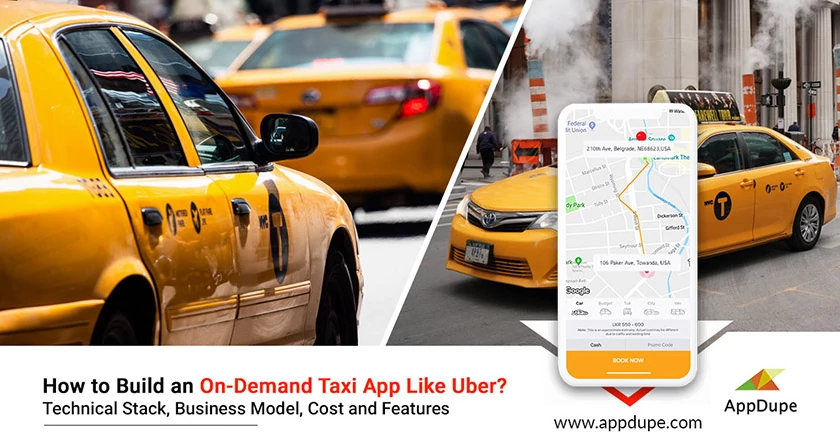
“The quest for humankind to move from one place to another without compromising on comfort has given rise to better modes of transport and improved options for transportation.”
One such innovation is providing private transport services on demand. This service is not limited to a single mode of transport but has expanded into motorcycles, cars, boats, and even helicopters.
The very mention of on-demand location-based transportation service conjures up the memories of the brand called Uber. Uber has established unshakable synonymy with on-demand taxi services, and it has not only proved to be profitable but also scalable and replicable.
Uber is present in a number of cities across the globe, and it operates based on a simple philosophy that the demand and supply need to be connected in the most efficient and impeccable way possible, and the profits lie in getting a commission out of the connection.
The Rise of Uber-like Businesses
Uber is present in 650 cities, and with more than 50000 of them in the world, it still leaves more than 49,000 cities across the globe where businesses and opportunities lie for local players and small businesses. What makes Uber a success is that it is a real-time ride-hailing application. The moment you open the application, you can see the cabs are available at that point in time. This ensures that your services are in-line with the conditions of the present. The conditions influence your transportation time, cost and comfort of the rice.
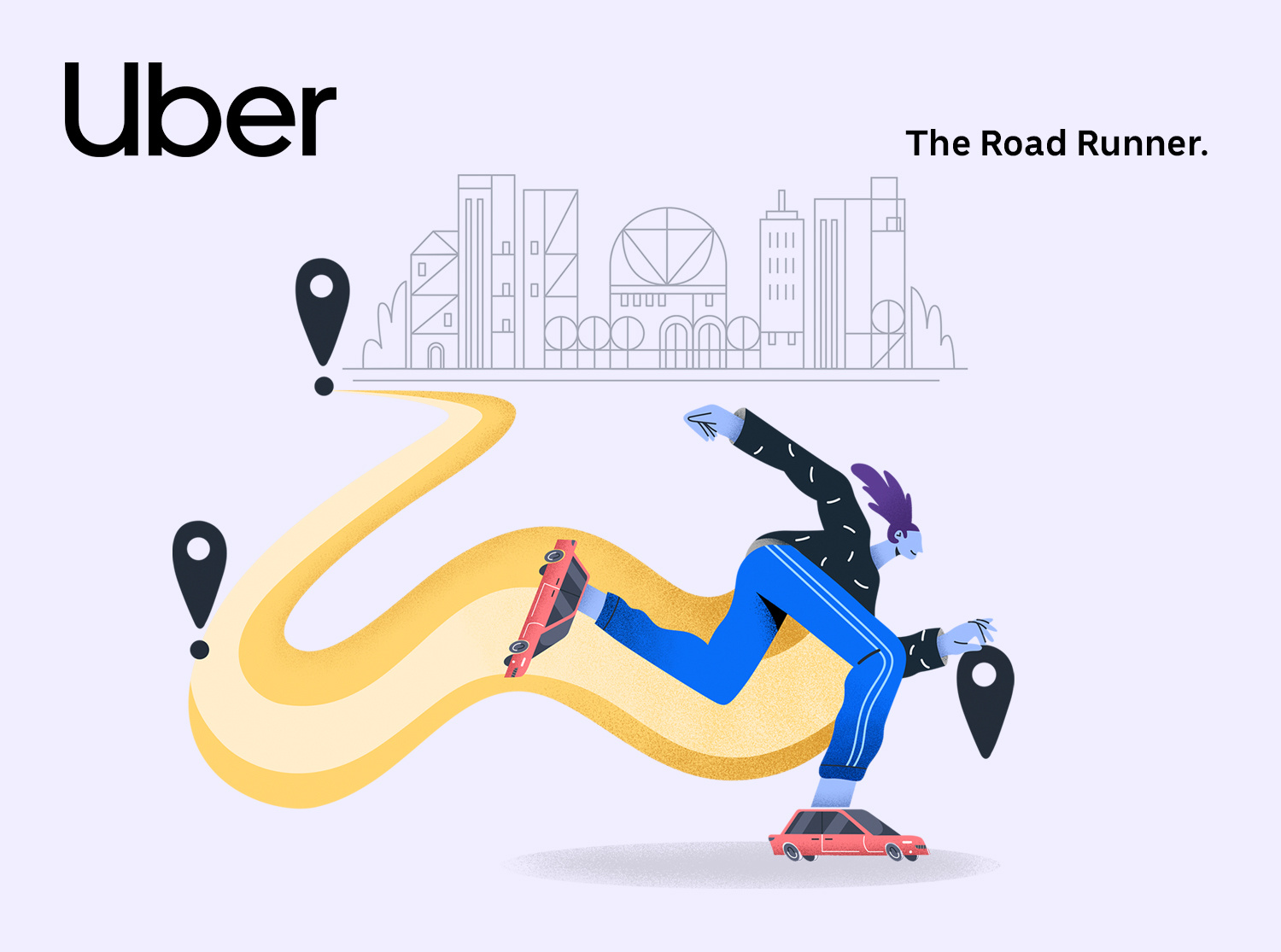
The number of seekers who demand Uber clone apps is on the rise. There are a lot of white label solutions that can create perfect clones of Uber. These Uber clones are easy to customize and make it available in the app market.
While there may be Uber clone scripts, it is important to understand the philosophy and the methodology that goes into creating a real-time ride-hailing app. It is to be noted that while the technology is not very complex and is quite replicable, it is important to have the governing policies in place so that the technology acts more like a supplement for your idea.
The Aspects to Note
Even before jumping into the business of real-time ride-hailing apps like Uber, it is important to understand a few aspects of the business that follow outside the scope of technology.
- What is the scope of developing this application?
- Who are your competitors and can they be faced?
- What is your unique selling point, your strength and your weakness when it comes to this application?
- Is there enough of an audience to download your application and use them? If any other business has already acquired this audience, how likely are you to replace the existing platform?
- What is the future? How long-term or short-term are your goals?
- For which platform are you developing your application? Is it a native application or a cross-platform application?
Once you have convincing answers to these questions, you are pushed into the next step. A business survives because it drives value, and there is not a more explicit indicator of value than money. It is important to offer a fair price for the taxi experience for the users and ensure that the pricing is transparent.
There are users who require cabs on an urgent basis but are limited by how far their eyes can see. There are also drivers who are sitting in their cabs eagerly awaiting a ride but again they suffer the same limitation as to the users. There is a need for symbiosis between these two entities and that is what your real-time taxi hailing application is going to solve.
Technology to build an app like Uber
When building an application like Uber, it is essential to know about the technologies that it uses to make the app work more efficiently. In general, server, mapping, and payment integrations are the three jumbos to create a well-functional taxi app. So, once you implement the right source, you can gradually attract more potential customers.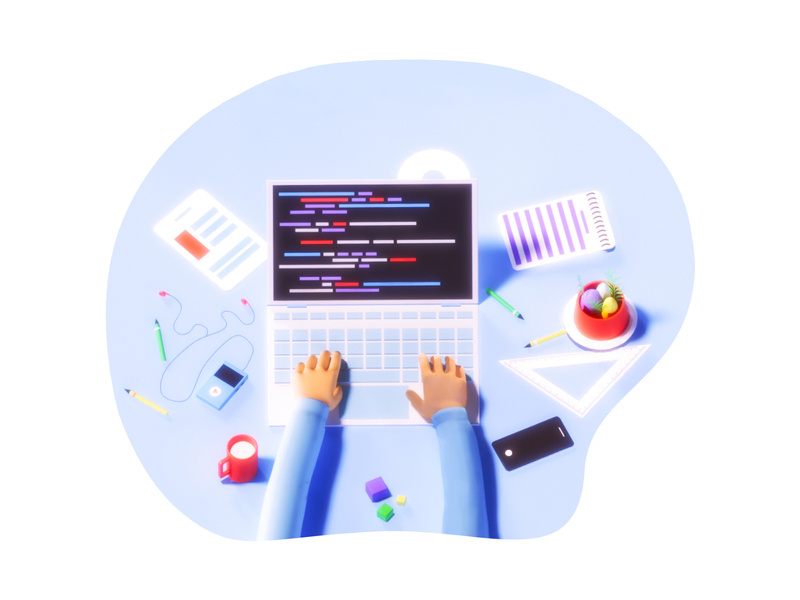 But before that, you must know what exactly to choose when it comes to the technology stack.
But before that, you must know what exactly to choose when it comes to the technology stack.
SERVER
To process and handle numerous user requests, driver routes, and other data, you need your server. So, approach a web hosting partner and try getting a dedicated server to run your operations smoothly.
PROGRAMMING LANGUAGES
The most common programming languages that are used by Uber for the back-end developments are Node.js, Python, Java, PHP, Ruby on Rails. Know what works for you and approach your developers to implement it.
GPS
For location and tracking facility, Uber uses OpenStreetMap API, which is applicable for both iOS/Android. But few developers use Google Maps and Google Location Services API for Android applications and MapKit or CoreLocation framework for iOS devices.
IN-APP PAYMENT INTEGRATION
Use payment gateways like Stripe, Braintree, Paytm, PayPal mobile SDK to support all type of in-app payments. When you take Uber, it uses Braintree.
PUSH NOTIFICATION
Uber uses Google Firebase for Android and Apple Push for iOS phones to integrate push notification feature.
SMS
Cloud communication platforms like Plivo, Nexmo, Tropo can be used. But when you focus Uber, it uses Twilio for SMS sendouts.![]()
Uber’s business model
Generally, three primary elements comprise the Uber business model. Whether you create a new app or adopt a uber clone, you must ensure to have all these three.
Drivers
Uber provides professional service by appointing skillful drivers. It offers separate apps to drivers to manage their operations. So, you have to be careful while selecting your drivers.
Appointing drivers is not an arduous task, as all you need to do is to verify their background. Usually, both personal and vehicle information will be thoroughly checked. And only if the individual’s record is clear, he/she will be appointed as well as provided with mobile phones for connecting to passengers. Uber follows this strictly to avoid future consequences.
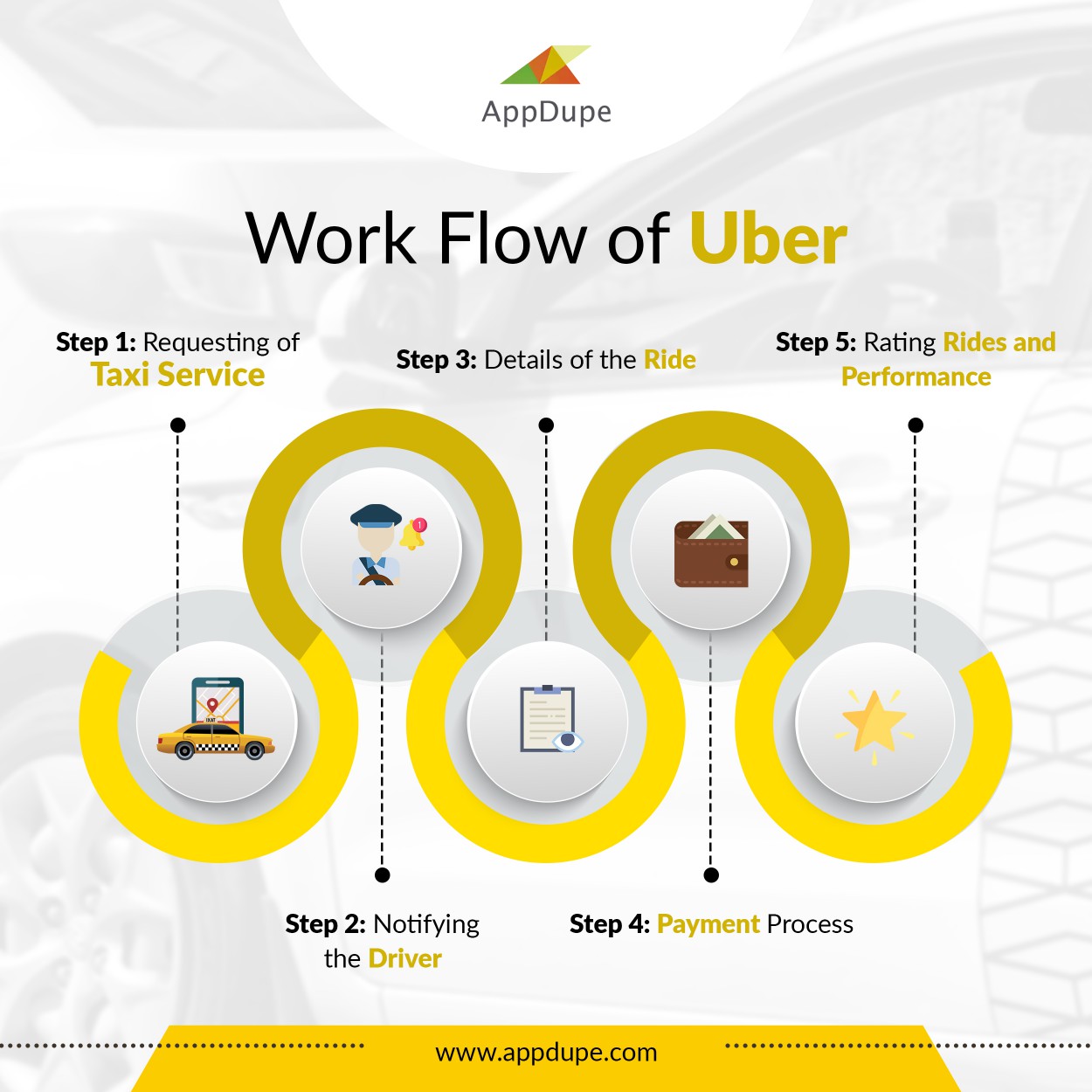
Passengers
Passengers are also given a separate app to book and track the rides in real-time to feel relaxed. Users can simply download and register in the app to get started. Make sure to ease this operation with simple procedures. Since making the process complex at the first step will be a wrong move.
Uber, in its passenger app, lists the details of the driver right from profile picture to contact numbers along with estimated fares to be paid. Thus ensure whether these features function correctly in your new app.
Fare And Payment
Uber has integrated Braintree payment gateway to handle all type of payments. And it also surges price when the demand gets higher. So, while developing an app like Uber, you must ensure to integrate a payment gateway that supports both cash and credit.
Uber’s target audience
Full-time job seekers, daily commuters, tourists, and college students are the targeted audiences of Uber. It is essential to know your target audience only then you customize your services accordingly. Apart from this, to maintain engagement with users, Uber conducts meetings, parties, and events. Analyze where the demand is high and provide you services in the most sophisticated way.
Uber’s revenue model
Uber’s only source of revenue is the cash that it earns for each journey. But the revenue model of Uber is based on different factors. It makes money through customer’s trip commission. It deducts 20% of the price charged to the customer, and the rest 80% is transferred to the driver. Uber also surge prices when the demand gets higher like in the range of 1.5X, 2X, 3X.
Generally, the trip fare comprises travel time, waiting time, and distance cost. Also, riders are charged a penalty if he/she cancels the ride. This amount will be collected during their next trip. Besides, it generates revenue through advertisements of other products in the app.
Uber follows numerous cab models for different services. Further, the pricing algorithm also changes accordingly, i.e., when the demand increases.
As an entrepreneur, you have to come up with a lot more strategies to increase your services among customers. Not only adopting a Uber clone is enough but also your competitor’s strategies is a must.
Essential Aspects of the App
- The app must have an intuitive user interface that helps users experience the app without much difficulty and in a way that they would instinctively navigate. The app also has to feature a rich user interface for the drivers.
- The app must have enough data, competency and computing power to calculate the fare based on the selected route. The fare should factor in aspects like traffic, driver demand and the time of the day It is to be noted that these factors also affect the possibility of a driver finding a return ride from a remote location.
- In addition to these, there are a lot of features that are specific to writers, drivers, and the administrator. Let us look at all these features in detail in the oncoming paragraphs.
Passenger-facing Features
It is to be understood that any company that creates a business out of an Uber clone depends on the riders for their revenue and for retaining its driver partners. Therefore, being transparent with the user is of vital importance.
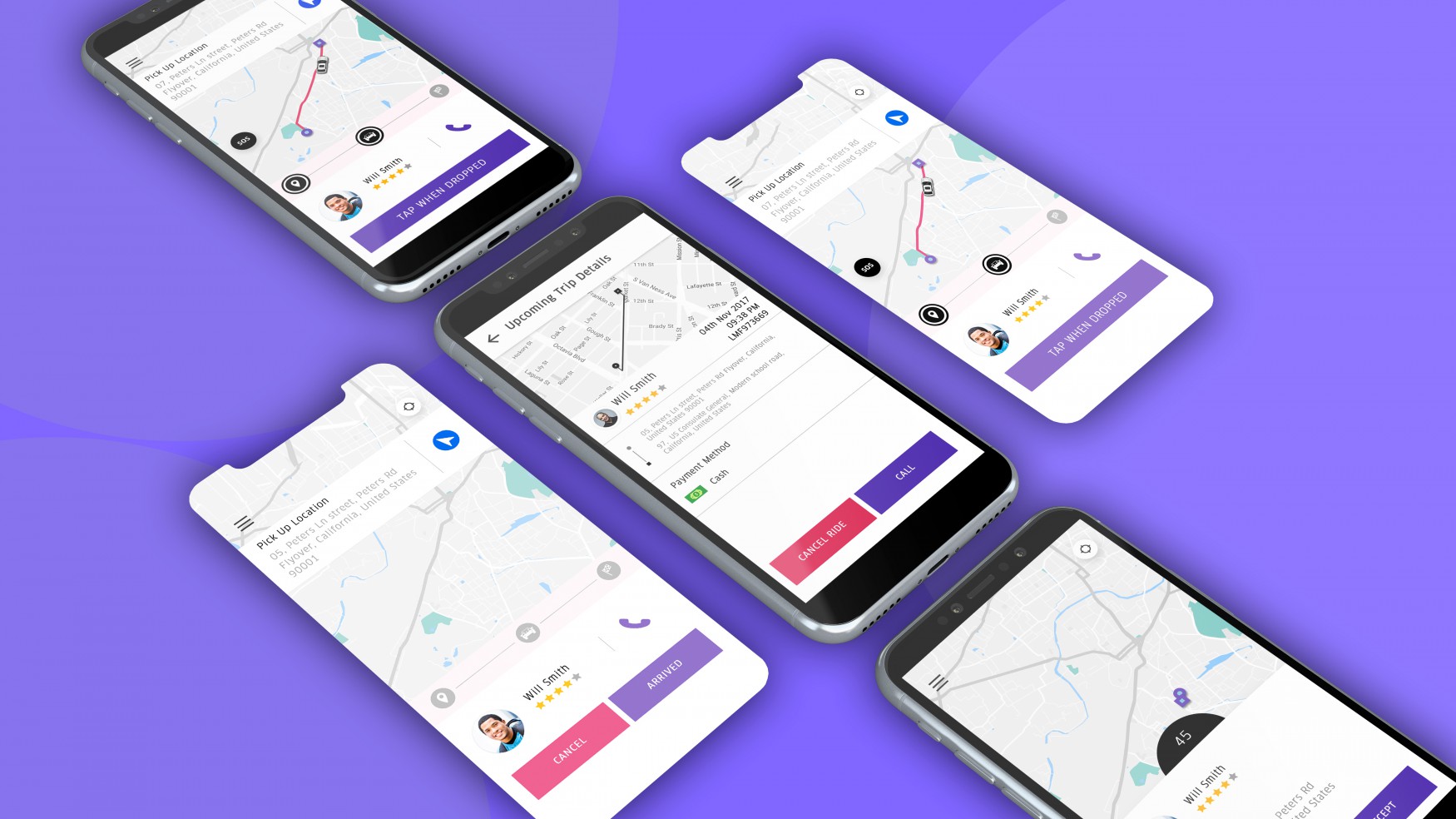
#1. Fare Calculation
Any cab booking service similar to Uber has often subject to the criticism rising because of surge prices. To ensure that you do not fall into the same pit, a fare calculator should be introduced. The fare calculator can help the customer know how much they would be paying based on some parameters like the source, the destination, the traffic, the time of the day, and even the day of the week.
#2. Saved Locations
A little bit of customization is a lot of delight for the customer! Giving an option to save the common pick-up points and drop locations helps the users choose quickly and efficiently.
#3. ETA and Real-Time Ride Status
There are two aspects that make this feature mandatory. One of them is that there is always a room for uncertainty which should be communicated in real-time to the person who is expecting your visit. A parallely important one is that there have been constant allegations of security with respect to these taxi aggregation applications, especially Uber. With the real-time location sharing, there is enhanced security for both the passenger and the driver — the driver can successfully defend any false allegations.
#4. Payments
One of the biggest banes of the traditional taxi industry was that it expected hard cash. While this might have been acceptable a couple of decades ago, today, we are completely dealing with digital forms of currency. The influx of digital currency has given rise to a lot of payment options including but not limited to e-wallets, cards, and net banking.
A robust real-time ride-hailing application should be able to handle all these payment methods and should also have room to accommodate the innovations that might pop in the future.
#5. Splitting of fares
What was more difficult than finding the apt cab driver was the mathematics involved in splitting the fares after a good ride. Uber has introduced the concept of splitting where the difficult math, which is nothing more than division and multiplication, is done by the app itself.
#6. Giving Room for Extra Stops
There is a certain amount of perfection that is required to anticipate imperfections and accommodate them! This is precisely what the feature needs to address. Sometimes, there might be extra pickups and instances of users wanting to make an emergency stop for medical and personal purposes. There are chances that the stops might be right within the route of commute, and there are also possibilities that there might be a diversion. There are also chances that the stop may take longer than expected. The Uber Clone application has to be able to accommodate these variations in the expected pattern of travel.
Driver-Facing Features
If the driver does not provide the services, companies like Uber will cease to exist. It is important to make the drivers feel good not only in terms of incentives and payments but also in terms of a good app that will aid in them generating their income. It will keep them hooked to your service when there are so many that they can choose from in the market.
#1. Driver Profile
Right from the days of MySpace and to this day on Tinder, we all love to flaunt ourselves in profiles, don’t we? Why should your driver be an exception? If the driver can give the basic details like the vehicle number, the registration and, as Uber has shown, flaunt-factors like the number of languages known and the experience, it will make the driver feel proud and happy.
#2. GPS Tracking
GPS tracking is the key feature that enables the functioning of the location-based real-time taxi-hailing applications. This helps riders as well as drivers to track locations with the utmost accuracy.
#3. Alerts and Notifications
This feature enables drivers to get notifications if they have a booking or if there is availability for them to take a ride. While on the surface, this can be considered trivial, this is what completes the demand and supply linking.
#4. Tracking the Earnings
Driving you from one place to another is every driver’s bread and butter. The feature to track earnings helps the driver track their remunerations after a certain period. This can help them plan their day, their rides and even the incentives that they are about to receive. Uber, in its quest to make the driver feel better, has integrated its application with Quickbook software which helps check all the expenses of the driver including but not limited to fuel and toll payments.
Cost estimation to develop an app like Uber
Uber comprises of two different apps, user and driver app, to manage ride-hailing operations smoothly. So the cost will be estimated accordingly.
Usually, to develop an application, you need to pay for different services like,
- Design
- App Development (both Native and iOS)
- Backend development
- Web development
- Project management
Professionals will do each of these services, and the cost will be segregated based on their hourly pay. An app like Uber takes around 5000+ hours to build, and the company you choose will estimate the amount based on the working hours. Mostly, the pay will range between $10 and $150 per hour. Also, know that the cost is not fixed, so it changes when your demand increases. Search for a partner who could build an app at an economical rate.
To know more about the cost estimation, reach us today. We will automate a cost based on your requirements. It’s a transparency move to make you feel relaxed.
Conclusion
If all the aspects are taken into consideration, it might not be an exaggeration to say that your business will also find its success like how Uber did all across the globe. All you need to do is find out a perfect solution for white label Uber like application and figure out the business logic. The rest, as the people say, is not history but more about creating a new history for yourself and your company.
Have an idea to startup ride-hailing business like Uber?
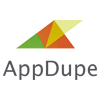
Marketing is my soul mate and writing is my side kick. Using my writing skills to share the knowledge of app development and upcoming technologies.
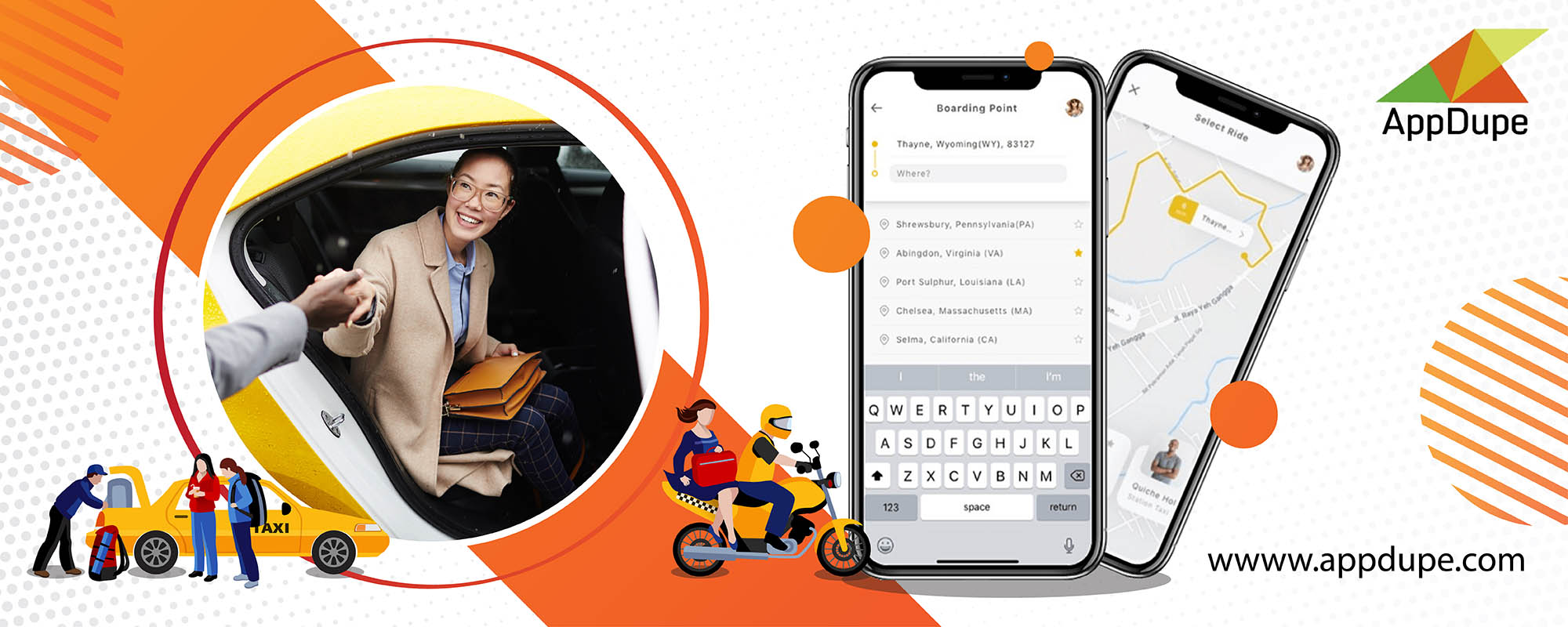
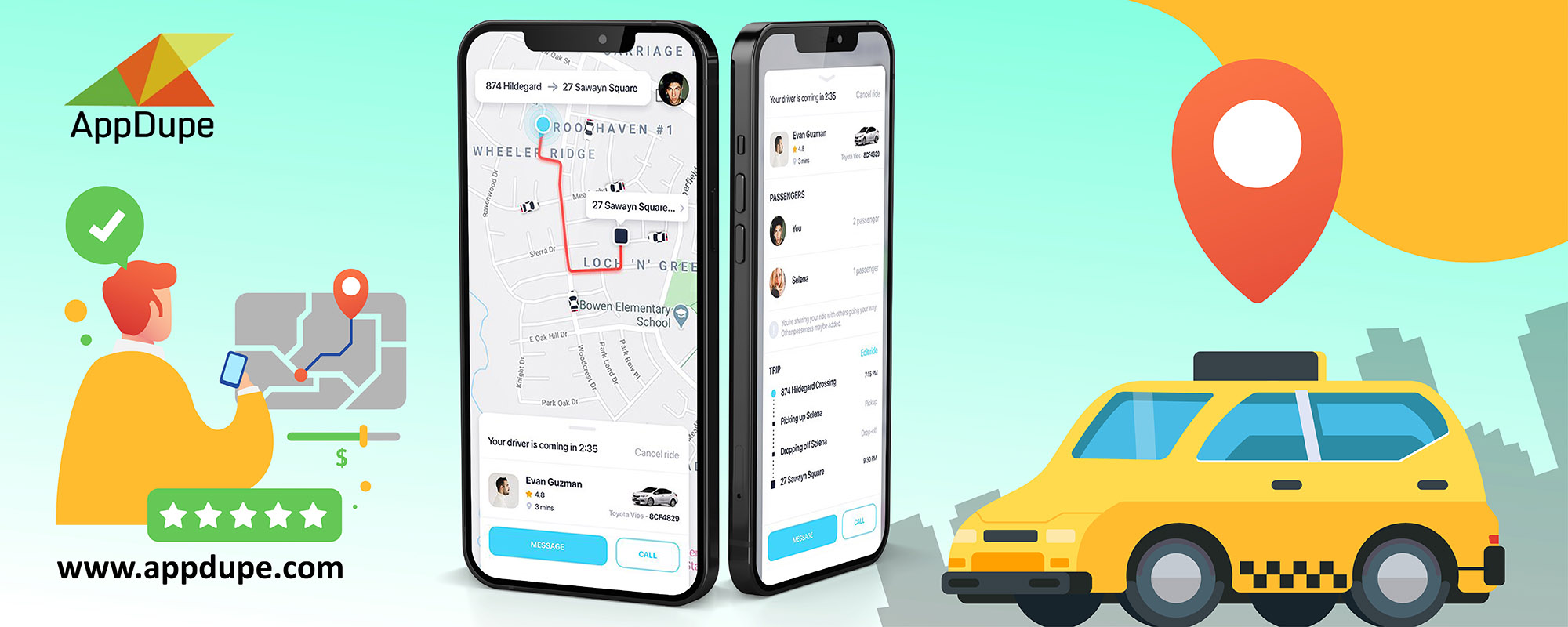
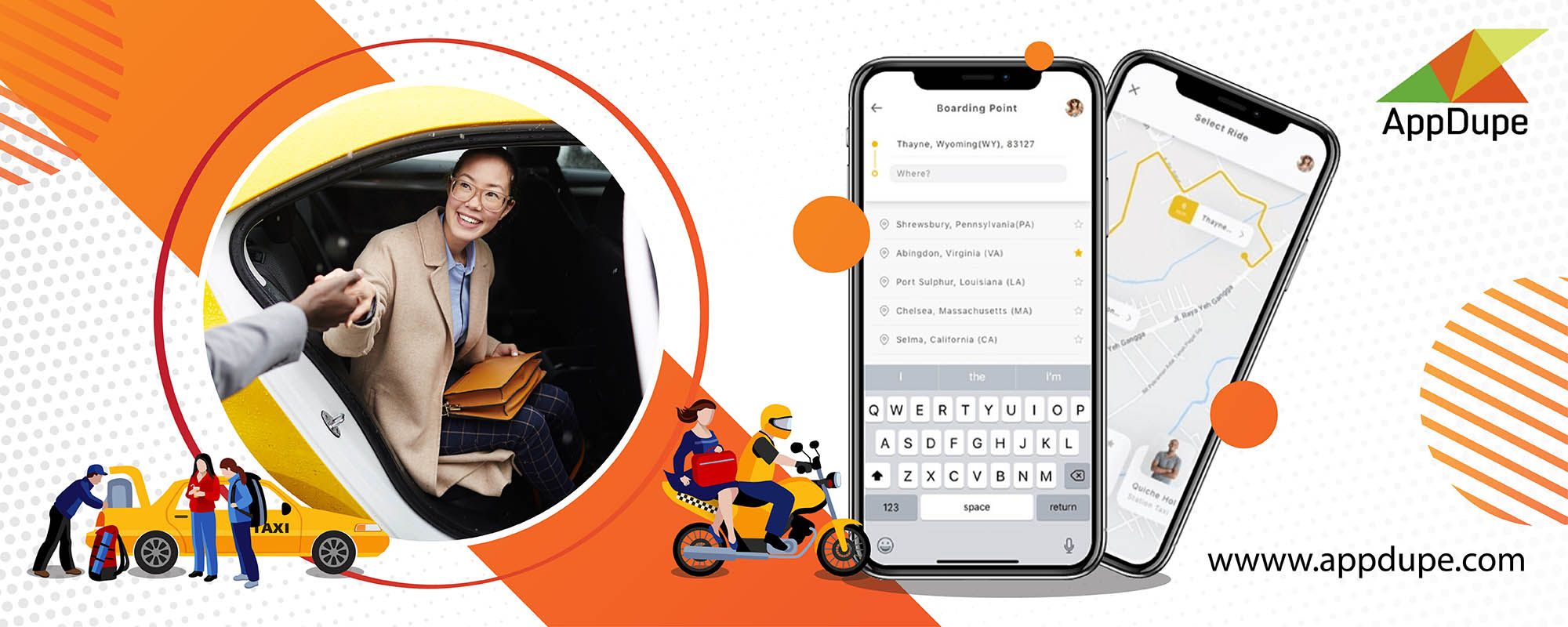






Teaching about medication safety can prepare students for roles in disaster response and emergency preparedness what is Cenforce 100
Avec Inventonslemondedapres, accédez aux casinos en ligne
les plus recommandés par une communauté de joueurs
passionnés !
Make your birthday unforgettable with our party bus rentals. Enjoy spacious seating, customizable lighting, and top-notch sound systems as you and your friends ride in luxury, celebrating in style.
https://www.partybusmiami.com/birthday-party-bus-miami
Party Bus Miami creates unforgettable memories for your special moments. From Miami Party Bus Rentals to Miami Prom Luxury Bus Service, enjoy stylish and affordable transportation. Perfect for weddings, birthdays, and bachelor/bachelorette parties.
https://www.bestmiamipartybus.com/party-bus-miami.html
Celebrate like a queen on a Miami Bachelorette Party Bus. Our bachelorette party bus rental Miami offers top-tier fun and comfort. Dance the night away on a pink party bus Miami or toast with your friends aboard a luxury bachelorette bus Miami. Experience a VIP bachelorette bus Miami tonight!
http://miamipartybuslimo.com/miami-bachelorette-party-bus/
Uncover Maryland’s trusted bus companies specializing in group transportation services throughout the state. Whether for corporate functions or leisure excursions, find efficient solutions to meet your travel requirements. Experience unparalleled comfort and style with KV Limo’s luxurious transportation services tailored to your needs.
https://kvlimo.com/bus-company-maryland/
Nassau Airport to Warwick Paradise Island made comfortable with luxury car to Warwick Paradise Nassau. Take a shuttle from Nassau airport to Warwick Paradise or enjoy a private Nassau airport ride to Warwick hotel. Private transfer ensures peace of mind.
https://www.airporttransferbahamas.com/nassau-airport-to-warwick-paradise-island.php
Reliable transportation from Nassau Airport to Atlantis is just a click away. Enjoy hassle-free service with expert drivers and comfortable vehicles. When it’s time to return, Atlantis to Airport rides offer the same high-quality service with on-time reliability.
https://www.airporttransfernassau.com/nassau-airport-to-atlantis.php
If you are going to take a Limousine in Dubai soon, remember that the use of the mask is mandatory in any scenario. Despite the fact that up to three people per row can travel in vehicles with up to nine seats as long as they live under the same roof,
https://www.dubaihummerlimo.com/
Hire Van Services Dubai for hassle-free transportation. Book a Luxury Van Service from Dubai Airport to Atlantis The Palm or a Van Service for Dubai City Tours for an unforgettable journey.
https://www.mercedessprinterdubai.com/van-services-dubai.php
you are traveling for business or leisure, arriving on time for your flight is made easy with Rolls royce airport transfers from Airport Transfers Dubai
https://www.airporttransferdubai.com/rolls-royce-airport-transfer-dubai.php
Little Stars Travel specializes in providing deluxe limo services in Dubai. Their fleet of high-end limousines and expert chauffeurs ensure a luxurious and stylish mode of transportation for various occasions. Whether it’s for business, special events, or leisure, their services bring an element of sophistication to your travel experience in Dubai.
https://www.littlestarstravels.com/limo-services-dubai.php
Our Riverside to LAX car service ensures a peaceful airport ride. Offering shuttle from Corona to LAX, LAX to Moreno Valley shuttle, and Riverside airport shuttle, we meet every need. Trust our Riverside to LAX transportation for business, family, or vacation travel with timely and courteous service.
https://www.blacktietransportservices.com/shuttle-services-riverside-to-lax
684659 914746IE nonetheless is the marketplace leader and a large portion of other folks will leave out your excellent writing due to this problem. 249638
602404 328364Now we know who the ssebnile 1 is here. Wonderful post! 17242
485094 799192hey I was very impressed with the setup you used with this blog. I use blogs my self so excellent job. definatly adding to bookmarks. 59074
Rolls Royce Chauffeur Dubai offers exclusive luxury for VIPs. Enjoy corporate Rolls Royce transfer, premium Rolls Royce experience Dubai, and Rolls Royce Phantom hire Dubai.
https://www.executivechauffeurdubai.com/fleet-rolls-royce-chauffeur-dubai.php
671407 450644It is essential to have having access to the expertise posted here 929579